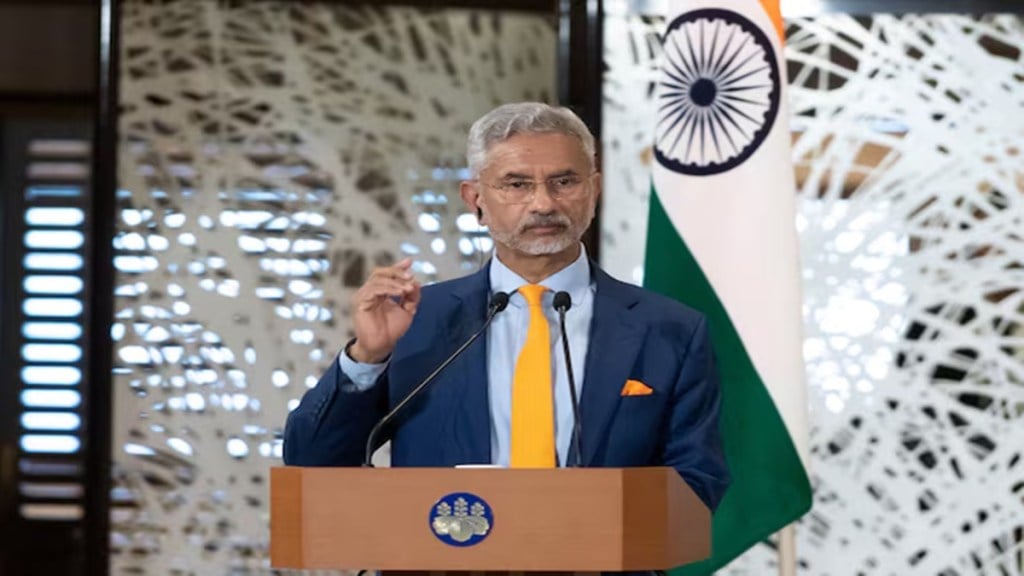Hours after US president Donald Trump said in Doha that India is “willing to literally charge us no tariffs” on the US goods under a bilateral agreement in the works, New Delhi virtually debunked the claim on Thursday. “Between India and the US, trade talks have been going on. These are complicated negotiations. Nothing is decided till everything is,” external affairs minister S Jaishankar said.
Without explicitly referring to Trump’s statement, the minister also made it clear that India was looking for a trade deal that is “mutually beneficial.” “(The trade deal) has to work for both countries. That would be our expectation//. Until that is done, any judgment on it would be premature,” he asserted.
The US president’s claim of zero-tariff offer by India comes at a time commerce and industry minister Piyush Goyal is scheduled to visit the US next week to further talks on the Bilateral trade Agreement (BTA) and even explore the possibility of an interim trade deal before the comprehensive agreement is reached. During the minister’s stay in the US, a team of officials will also be in Washington. Chief negotiators will be holding talks in parallel.
The US on April 2 imposed a 26% additional tariff on India, as part of the near-universal reciprocal tariff policy which the Trump administration is pursuing with a stated objective to revive the US manufacturing industry, and boost local job creation. However, a week later, most countries including India were offered a 90-day pause within which negotiations are expected to concluded for tariff concessions for the US. The additional US tariff on India is now capped at a baseline 10%.
Of late, the US and China, the principal actors in the evolving saga of global trade rearrangement, also a struck a temporary deal to sharply reduce bilateral tariff from the punitive levels announced earlier, The US cut the tariff on Chinese imports to 30% from 145%.
According to sources, Goyal has meetings lined up with US Trade Representative (USTR) Jamieson Greer and US Commerce Secretary Howard Lutnick. While both sides engage in hectic negotiations on the BTA and even an interim agreement, India has gone ahead and informed the World Trade Organisation (WTO) that it reserves the right to retaliate additional duties on steel and aluminium imposed by the US under a national security law.
The officials here said that the steel and aluminium tariff issue can also be tackled as part of the BTA negotiations.
India’s simple average tariff on MFN basis is around 17% now, with a trade-weighted rate of 12%.
A fifth of India’s merchandise shipments go to the US. The US is keen on market access for dairy products, nuts and ohther agricultural produce in India, besides easier access to Big Tech to Indian markets, even without commensurate physical presence. Data secrecy and India’s “strict” IPR policies are among the other areas of concern for the US.

